Rio Tinto’s graphite option Sovereign Metals catches the eye as it looks to qualify product from its Kasiya project in Malawi
The world’s second biggest miner could take a stake of up to 19.99% as it looks to qualify product for the ex-China graphite market after the Communist powerhouse’s proposed export restrictions
MinRes makes downpayment ahead of Bald Hill lithium sale
While BHP (ASX:BHP) has thumbed its nose at new metals markets and placed copper, nickel and potash at the centre of its push into ‘future facing commodities’, its biggest competitor Rio Tinto (ASX:RIO) has shown a greater sense of adventure.
As BHP ploughs billions of dollars into its Jansen Potash project and keeps the faith on its Nickel West division in the face of a supply rush from Indonesia, Rio has signalled itself as one of the few serious movers into the specialty metals gaining notoriety from the rise of the electric vehicle industry.
Rio has a number of investments in early stage exploration plays when it comes to lithium and, while local opposition seem to have killed hopes of getting its US$2.3 billion Jadar mine in Serbia off the ground, is spending US$335m on a pilot DLE project at its Rincon lithium brine in Argentina.
It could also emerge as one of the only majors to benefit from a Chinese restriction on exports of battery-grade graphite products, due to come in from December 1.
That collection of export controls, market experts think, could see graphite prices rise and rise sharply for qualified product in the West.
Rio’s gambit here is an investment in Sovereign Metals (ASX:SVM), where it spent $40.4m to take an initial 15% stake in July.
Sovereign’s Kasiya deposit is the largest natural rutile deposit ever identified, but the focus for Rio – also a producer of titanium dioxide feedstocks at mineral sands mines in South Africa and Madagascar, is the graphite co-product. It wants to see whether it can make spherical purified graphite there for the Li-Ion anode market.
SVM is up 11.11% today after announcing an ‘upscaling’ of its graphite testwork at Kasiya.
What’s it doin?
Here’s what Sovereign plans to do.
Its latest PFS at Kasiya suggests it can produce 244,000t of natural flake graphite concentrate per annum with cash costs at US$404/t at what it claims will be the lowest CO2 footprint in the industry.
Prices of the main quoted flake graphite product have fallen from over US$800/t last year to around US$570/t this year. For context, those prices are sufficiently tough for major non-Chinese producer Syrah Resources (ASX:SYR), one of the ASX’s long standing will they, won’t they stocks, to run its Balama mine in Mozambique on a campaign basis.
China is comfortably able to scale up production in moves that typically have chilling impacts on prices given it controls 61% of flake graphite used in 93% of anode production and a massive portion of the synthetic graphite market.
Kasiya will pull up 100t of ore at Kasiya to produce more than 1000kg of natural graphite for battery anode testwork and product qualification.
This is a crucial step because it can take years to qualify graphite with customers for use in specific anode production process, a major challenge to western producers hoping to develop an ex-China supply chain.
Sovereign says Kasiya ‘has the potential to become a key source of strategic supply to the US, UK, EU, Japan and South Korea’.
It plans to produce a 4-5% graphite pre-concentrate and and 30% heavy mineral concentrate at a lab in Lilongwe, Malawi, with final processing to create high-grade anode feedstock and titanium dioxide feedstock in Canada and Australia.
Raw flake graphite products and coated spheronised graphite product will be processed and sent to potential offtakers for assessment and pre-qualification, SVM said.
Rio can exercise ~34.5 million options within 12 months of its initial investment at a price of 53.5c to up its stake to 19.99%.
SVM shares last traded at 50c at the time of writing, for a market cap of $281.5m.
Sovereign Metals (ASX:SVM) and Rio Tinto (ASX:RIO)
MinRes inches towards Bald Hill buy
Chris Ellison’s Mineral Resources (ASX:MIN) is inches from finalising its purchase of the Bald Hill lithium mine after paying $123.9 million to collapsed owner Alita Resources ahead of an independent’s expert’s report which will set the fair price for the deal.
MinRes has sent $73.9m Alita’s way to cover its secured debt and $50m, the minimum equity payment due to Alita as consideration for the shares of Tawana Resources, which once owned and ran the Bald Hill mine.
Liquidators for the mine near Kambalda, one of a handful of lithium assets in operation in Western Australia, expect the IER to be finalised within a week.
That will shine a light on the final amount MinRes will have to pay for the asset, the sale of which looms as the best pathway for long-suffering Alita creditors and shareholders to realise a return on their investment.
Singapore and ASX listed Alita collapsed in 2019 as lithium prices nose-dived, with the Australian Government earlier interjecting to prevent the Bald Hill mine’s sale to a US company linked to China.
Before the announcement of the share-sale agreement with MinRes, which operates the Wodgina and Mt Marion JVs, it had allegedly been selling product to an intermediary under an offtake deal which saw the Australian domiciled company selling spodumene well below spot prices.
That would have seen the WA Government receive royalties far below those drawn from equivalent mines in the state.
The materials sector gave up large early gains to slide to a 0.32% lift at 3pm AEDT.
At Stockhead we tell it like it is. While Sovereign Metals is a Stockhead advertiser, it did not sponsor this article.
The post Monsters of Rock: How quickly can Rio get into graphite? appeared first on Stockhead.


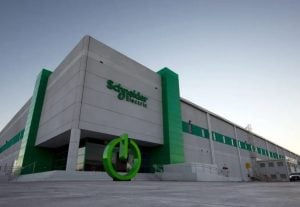








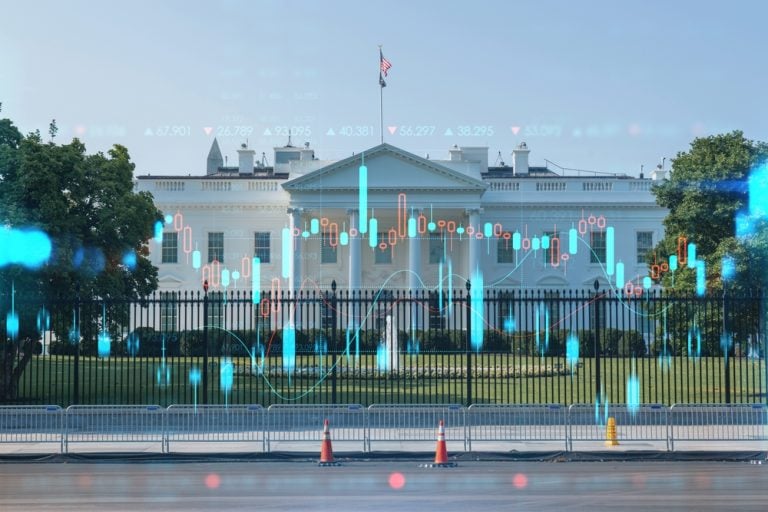
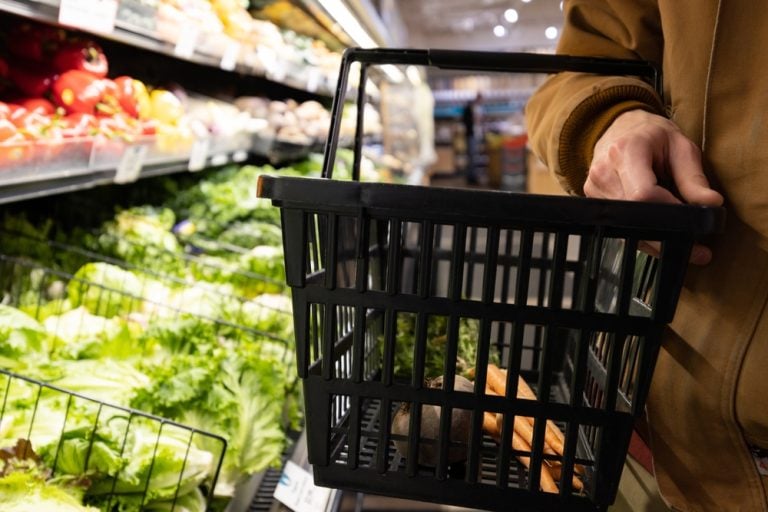






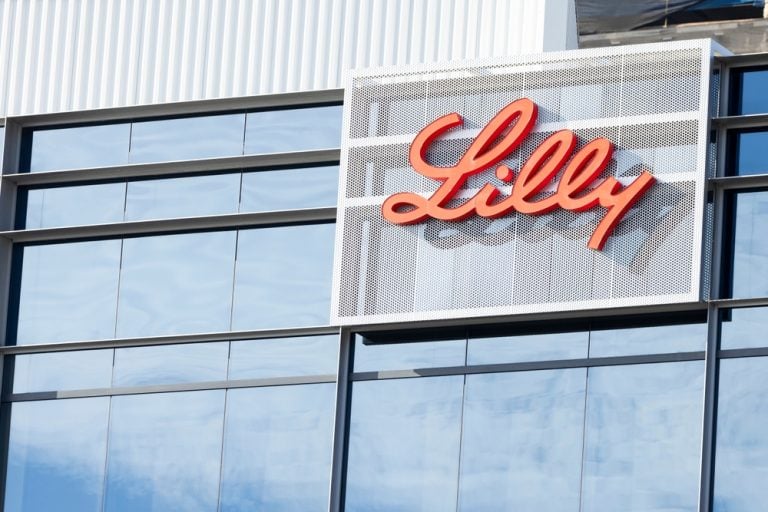
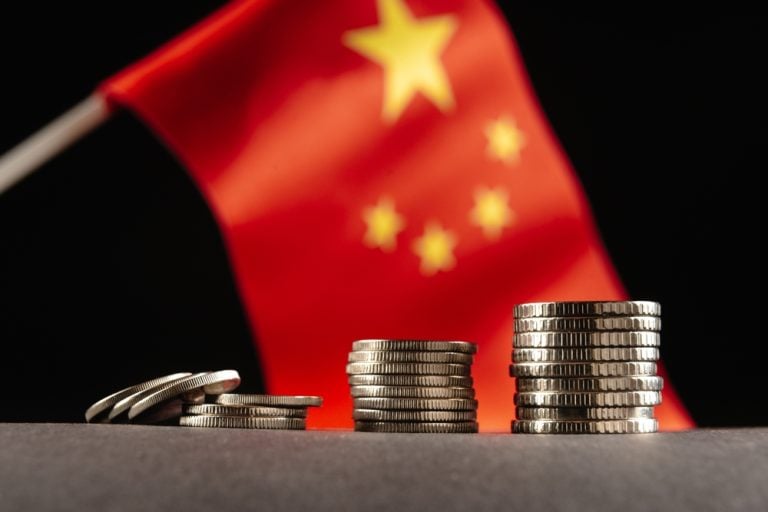
+ There are no comments
Add yours